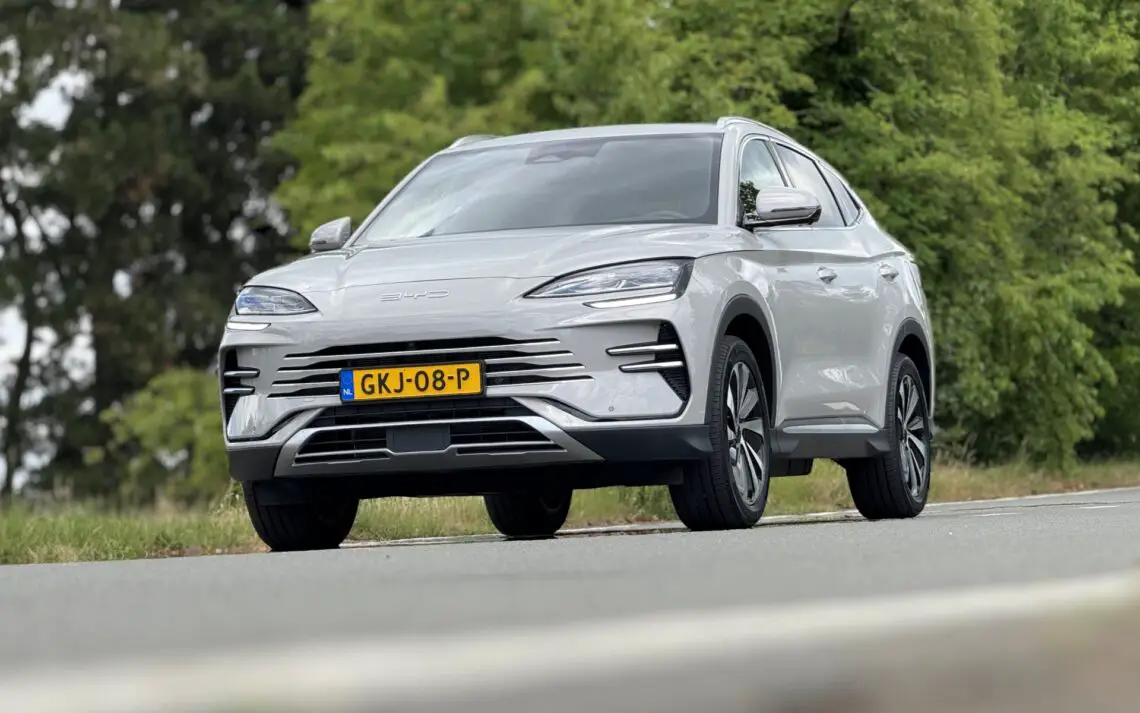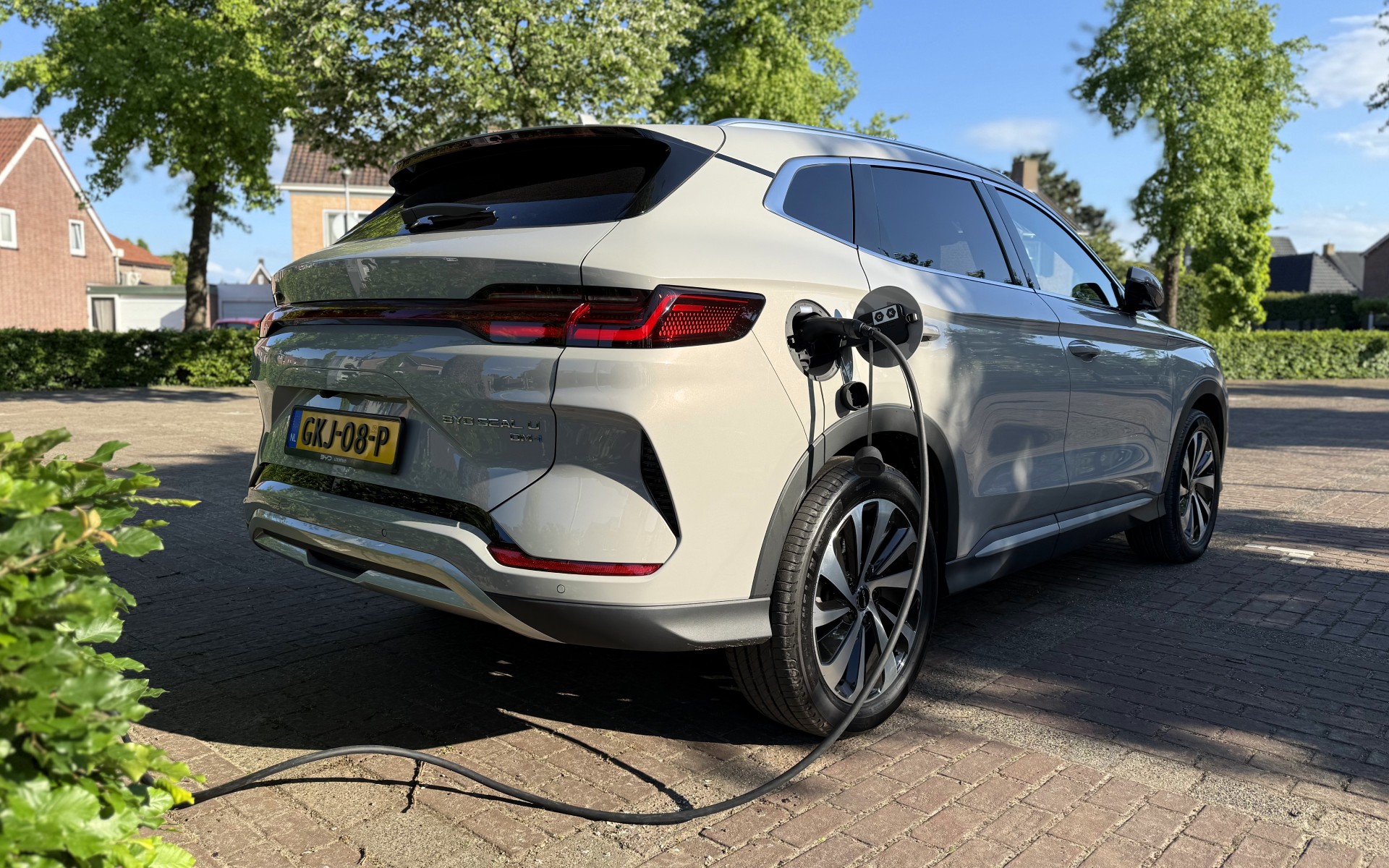Mileage plug-in hybrid too unclear for consumers
Two powertrains in one car
A plug-in hybrid is actually a vehicle with two different powertrains. But each powertrain has separate maintenance needs. A fuel engine (such as a gasoline or diesel engine) has many moving parts that require regular maintenance. That maintenance is done based on a car’s mileage. For example, spark plugs, the timing belt or chain, air filters and fuel filters need replacement after x number of miles. However, with a plug-in hybrid – which can drive partially electrically – it is not apparent how many kilometers the car has driven in fully electric mode or with the fuel engine turned on.
This is what NO ONE talks about with plug-in hybrids – AutoRAI TV
Lack of transparency
“This is relevant information for the consumer. The consumer can only see the cumulative mileage in the on-board computer. For the consumer, this is not transparent. For example, as a buyer of a used plug-in hybrid vehicle – whether it is a passenger car or commercial vehicle – it is useful to know how many kilometers the fuel engine was actually switched on. This is obvious with a regular gasoline or diesel car, because the distance driven was driven entirely with the fuel engine. That is a different story with a plug-in hybrid. There are two powertrains”, says automotive journalist Bart Oostvogels of AutoRAI.nl.
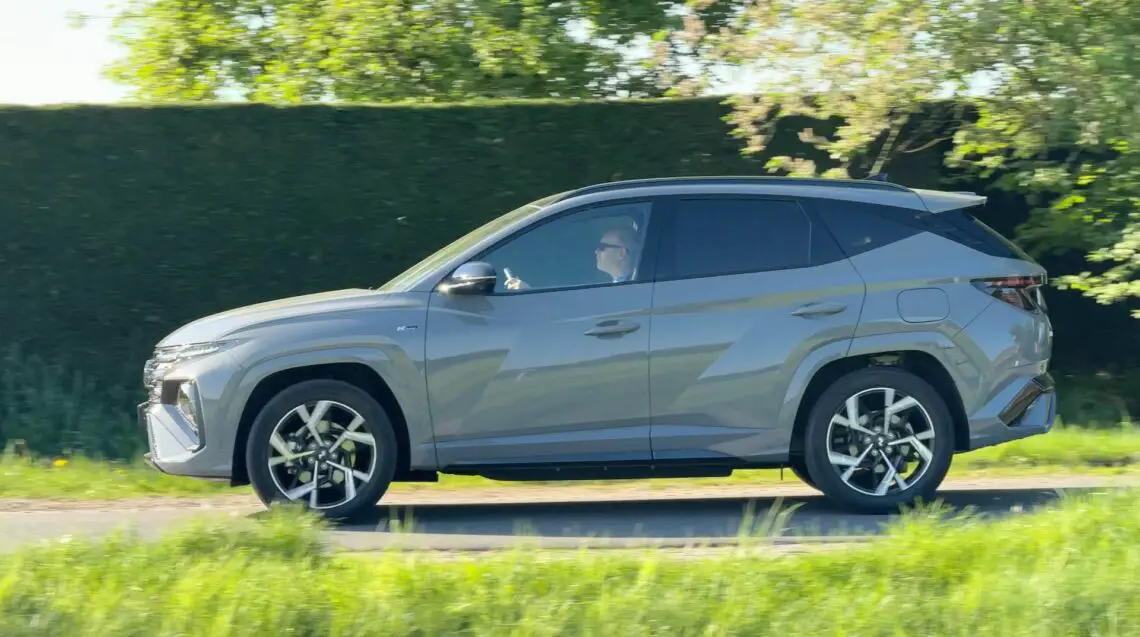
Information must become insightful
Oostvogels adds, “In theory, a plug-in hybrid can drive fully electric most of the time. Suppose we assume a total mileage of 30,000 kilometers and in that distance the car has driven fully electric 80 percent of the time, that is, without the fuel engine switched on. Then the fuel engine has actually driven only 6,000 kilometers. In that case, parts are not yet due for replacement. As a consumer, it is important to have this information clear. This rule should also apply to hybrids – which can drive smaller distances fully electric – but especially plug-in hybrids. For example, there are already plug-in hybrids that can drive more than 100 kilometers fully electric on a full charge. If you charge those smartly, the fuel engine almost never turns on. Until the moment the car asks you to empty the tank because otherwise the fuel gets too old.”
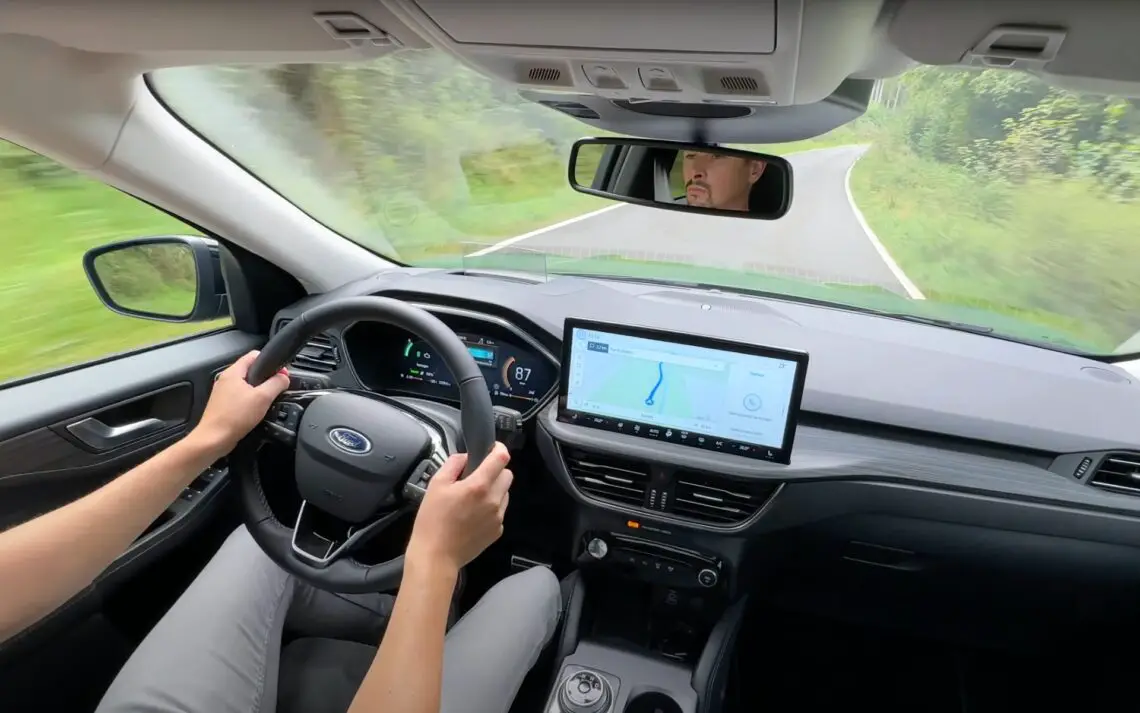
Regulation is desired
European regulations should require manufacturers to provide disclosure so that consumers can easily see how many miles the fuel engine was on over the complete mileage, regardless of how the specific PHEV powertrain functions, because there are differences in that as well. Consumers now only see a cumulative mileage and are in the dark as to how those miles were covered. Comparative product research by AutoRAI.nl among dozens of plug-in hybrids reveals that hardly any supplier of a plug-in hybrid already gives consumers this information. Inquiries with car manufacturers also reveal that this piece of information is gray area.
Comments from manufacturers
“No separate mileage is recorded for electric and the fuel engine,” Anne Lobbes, spokeswoman for Hyundai Netherlands, reported in a comment. “Hyundai also does not take maintenance intervals into account. For example, the Tucson Hybrid has a similar service interval as the Tucson Plug-in Hybrid: both every year or after every 15,000 kilometers.” Sebastiaan van de Pol, spokesman for Ford Netherlands, adds that Ford’s models also do not display this information cumulatively. “You can only see per trip how big the share of electric was, not over the total mileage,” Van de Pol reports.
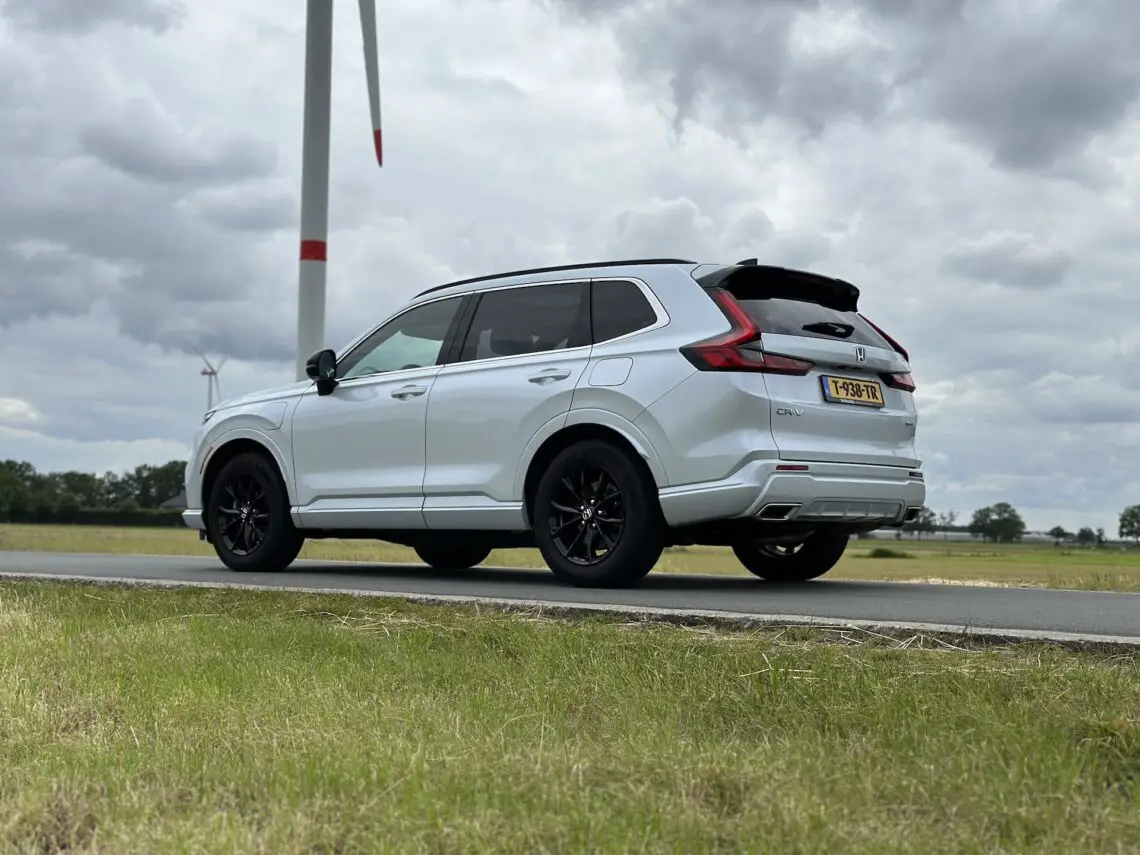
This car brand does
One exception to the rule is from Chinese brokerage: BYD. “With the Seal U DM-i, it is possible to see the miles driven on fuel engine, electric motor and combined. In terms of maintenance interval, this is also taken into account. For pure ICE mileage, 15,000 km is counted and for ICE+EV, 20,000 km or 1 year is counted. Now the DM-i system may work slightly differently than a regular PHEV, because basically you drive the car up to 20% empty after which the fuel engine comes on as a generator to recharge the battery. So it is not the case that by default you drive the battery empty and then the fuel engine takes over completely,” says the BYD Netherlands spokesman.
There are now other brands that offer this functionality, such as the Omoda 9 SHS, Jaecoo 7SHS, Leapmotor C10 REEV and DFSK 05 PHEV, as well as Volkswagen Caddy PHEV and BMW X3 PHEV. Yet the majority of all plug-in hybrids do not (yet) have this functionality.
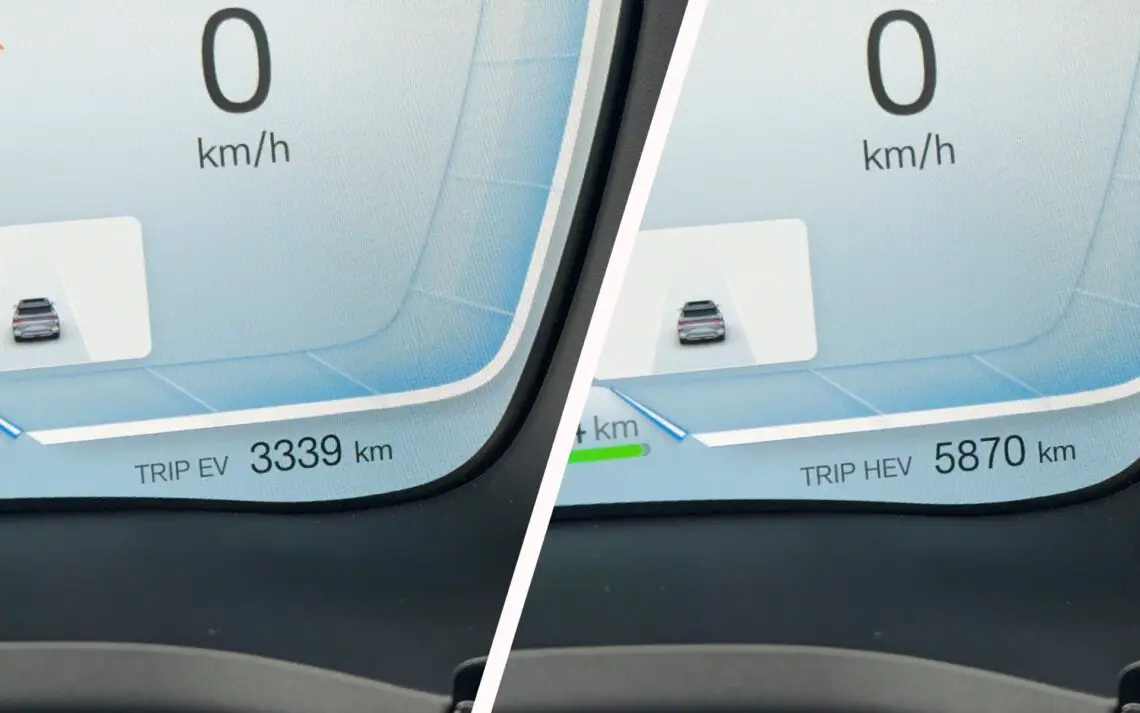
This is what RAI Association says
The issue has also been submitted to RAI Association. “Insight into the use driven kilometers electric and/or with fuel engine creates clarity, some manufacturers already anticipate this in daily use,” said Roeland Kimman, interim spokesman in a comment. This information expires again after each trip. In the on-board computer, this information is in almost all cases not stored, or at least not displayed.
Kimman adds: “As the RAI Association, we support plug-in hybrids in the transition to sustainable mobility. It’s just a shame that our government no longer attaches any benefit to them. If the share of electric driving becomes transparent you could attach an incentive to it if many electric cars are driven.”
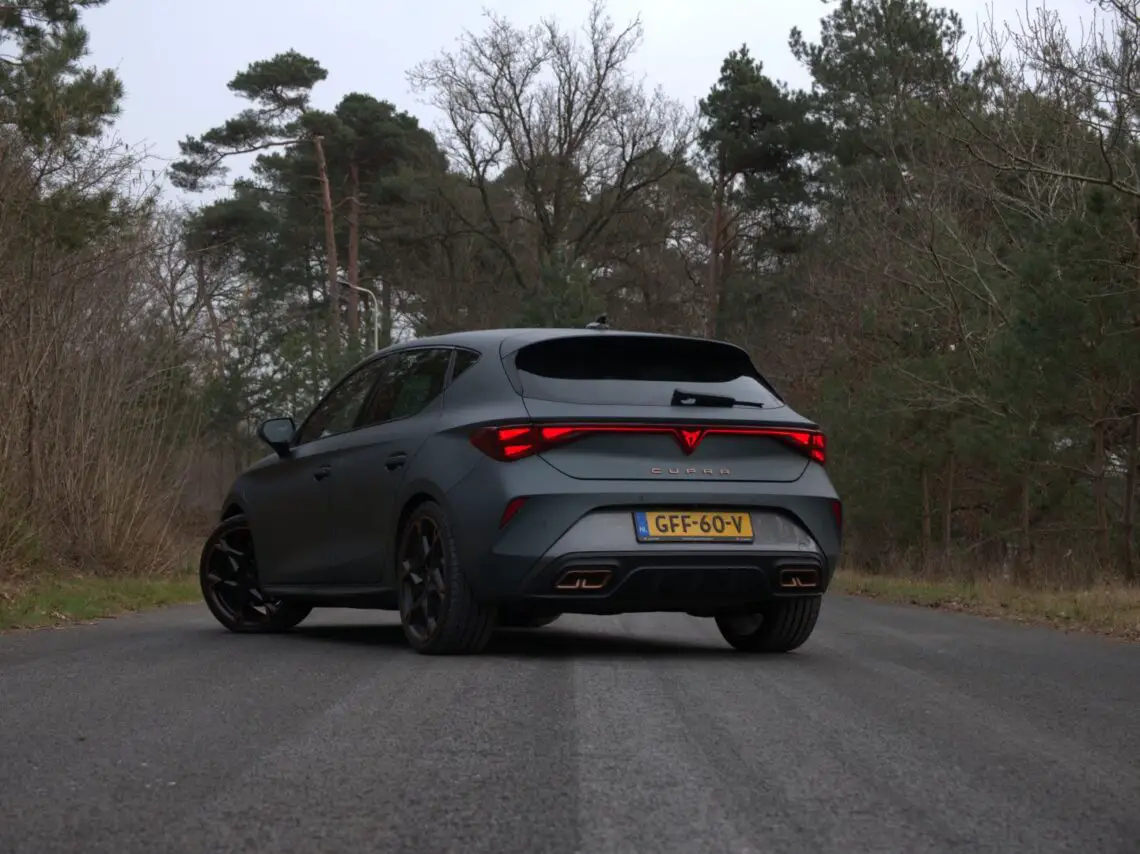
Breakdown of information
Of course, this issue goes far beyond just splitting mileage driven into ICE and EV. You can also look at running hours, as with agricultural vehicles. Still, mileage in particular is extra relevant to someone buying a car.
Software-over-the-air technology
“As a consumer you would like to see the complete mileage, with the addition of how many kilometers the car has driven with the fuel engine switched on. This is easily solved by software, provided that this information was in principle already maintained in the on-board computer. The latest plug-in hybrids also feature software-over-the-air technology (SOTA). In theory, this functionality can be added to the on-board computer with a simple update, without having to take the car to the dealer,” Oostvogels says.
